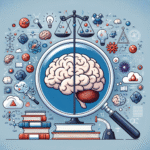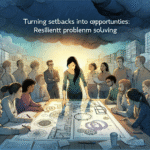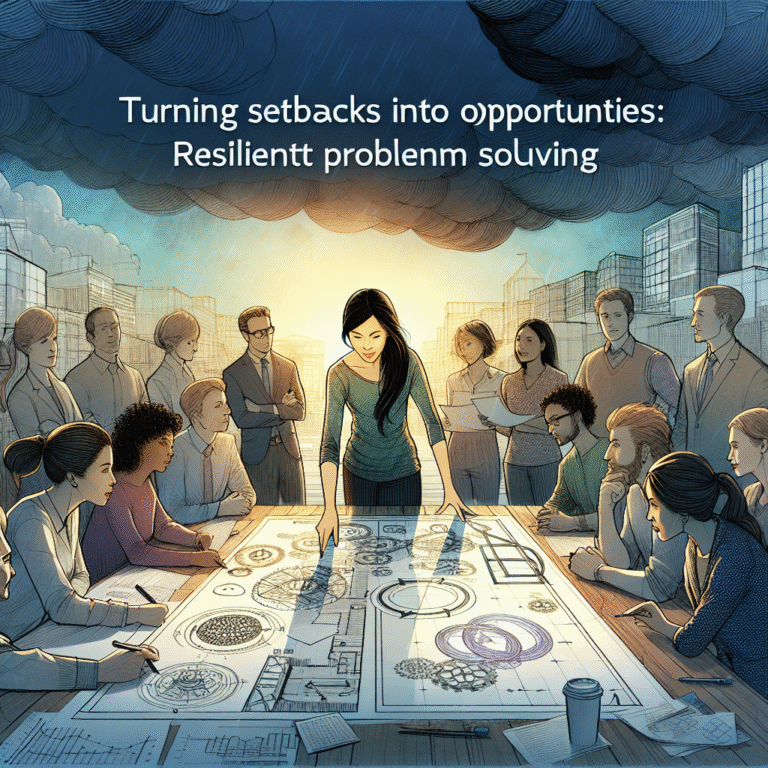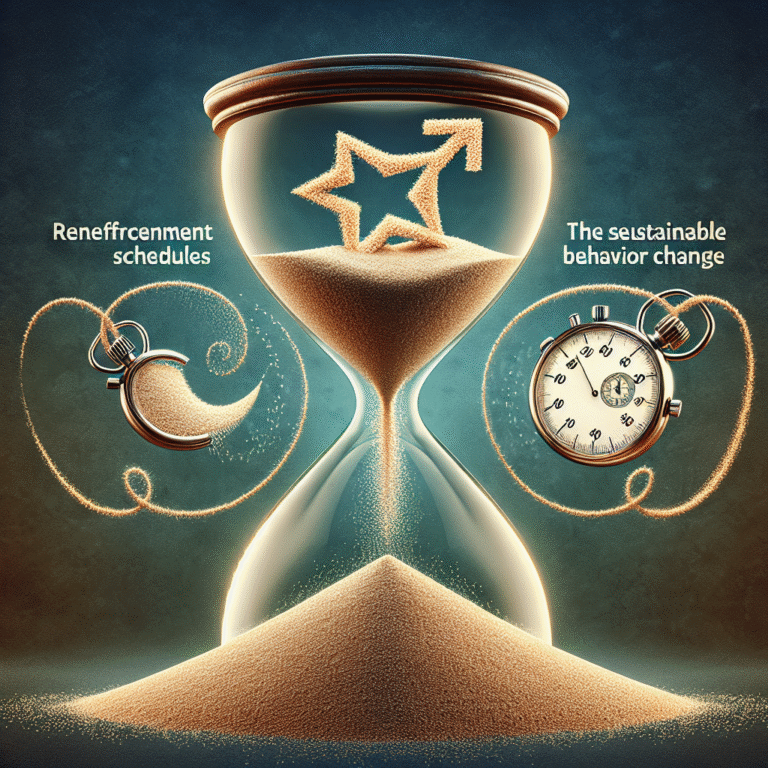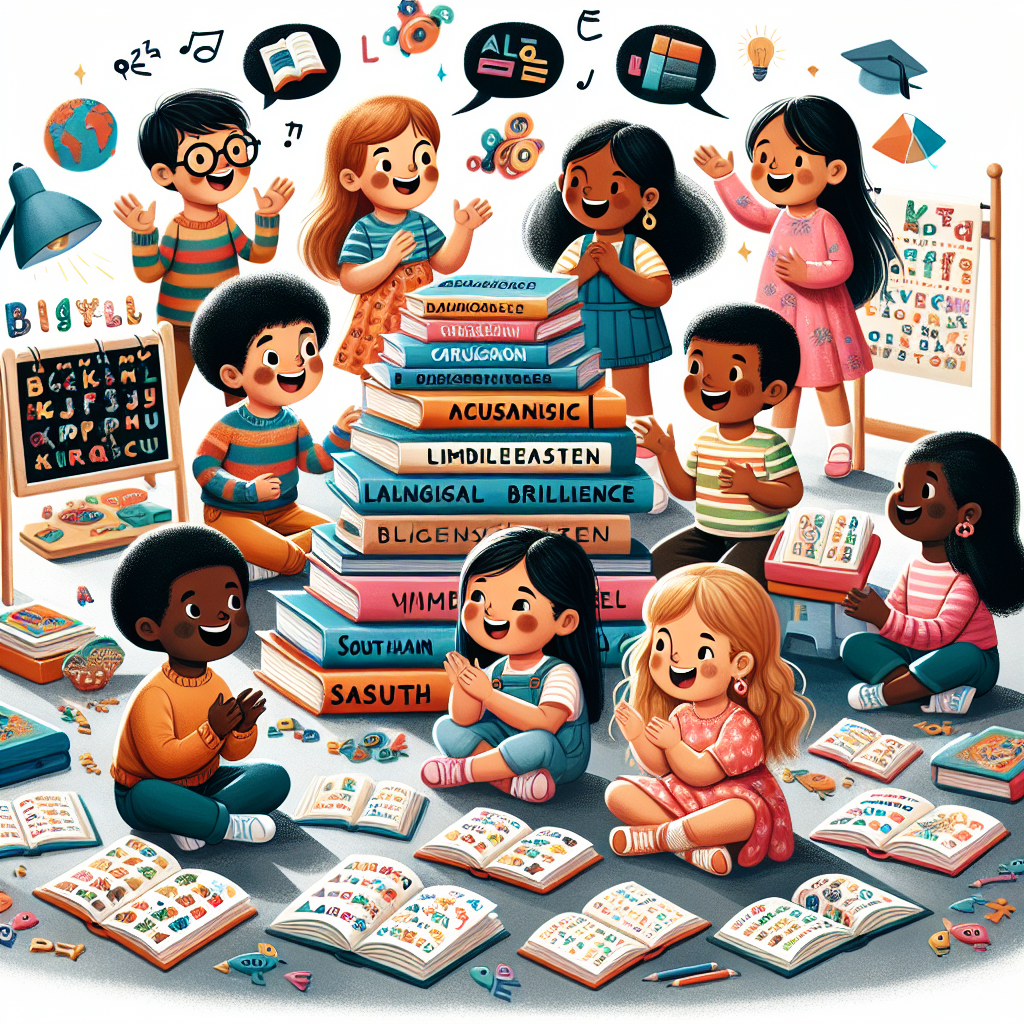
Introduction
In an increasingly interconnected world, the ability to communicate across cultures has never been more important. Imagine your child fluently switching between languages, effortlessly navigating diverse social settings, and displaying cognitive flexibility. This is the promise of bilingualism, and it’s a gift best bestowed early in life. Welcome to Bilingual Brilliance: The Proven Benefits of Learning Multiple Languages Early. This article dives deep into the transformative advantages of early language acquisition, showcasing its vast benefits not just for children but for society as a whole.
Why Start Early?
The Critical Period Hypothesis
Research suggests there is a "critical period" for language learning—typically identified as the first few years of life—when the brain is particularly receptive to acquiring new languages. During this time, children can learn languages with a natural ease that adults often find elusive. The neurological pathways for language development are most pliable and can lead to near-native pronunciation and fluency if nurtured during these formative years.
Cognitive Development and Bilingualism
One of the greatest insights from recent studies is the impact of bilingualism on cognitive development. A child raised in a bilingual environment often exhibits enhanced problem-solving skills, creativity, and critical thinking abilities. This phenomenon is supported by a wealth of research, including a study published in the journal Cognitive Development, which found that bilingual children outperformed their monolingual peers in tasks requiring cognitive flexibility.
Emotional and Social Benefits
Being bilingual enhances social skills and emotional intelligence. Children who speak more than one language can relate to people from diverse backgrounds with greater sensitivity. They develop empathy and a broader worldview, essential traits in today’s multicultural society.
The Impact of Bilingualism on Academic Success
Enhanced Academic Performance
Bilingual children often outperform their peers in various academic assessments. In a meta-analysis conducted by the Journal of Educational Psychology, researchers found that bilingual students had better reading and math skills compared to monolingual students. The cognitive benefits of bilingualism, including improved memory, attention, and even multitasking skills, contribute significantly to academic success.
Table 1: Academic Performance of Bilingual vs. Monolingual Students
| Subject | Bilingual Students Average Score | Monolingual Students Average Score |
|---|---|---|
| Reading | 85% | 75% |
| Math | 80% | 70% |
| Science | 83% | 72% |
Real-world Case Study: The Canadian Experience
Canada, with its dual French and English heritage, serves as a compelling case study. A report from Statistics Canada indicates that bilingual students not only excelled academically but also had higher graduation rates compared to their monolingual counterparts. In an era where job opportunities increasingly favor bilingual candidates, this advantage translates into lifelong career prospects.
The Long-Tail Benefits of Bilingualism
Cognitive Flexibility and Executive Function
Bilingual individuals tend to have superior cognitive flexibility, allowing them to switch between tasks and thoughts more efficiently. The Journal of Experimental Child Psychology mentions that bilingual children demonstrate greater executive function, a set of high-level cognitive processes that includes working memory, flexible thinking, and self-control.
Health Benefits: Delaying Cognitive Decline
Studies like the one published in Annals of Neurology indicate that bilingualism may delay the onset of dementia and other cognitive decline-related illnesses. In a longitudinal study of elderly bilingual individuals, researchers found that those who spoke two or more languages had a later onset of Alzheimer’s symptoms and better mental health overall.
Cultural Awareness: Bridging Connections
Understanding and Empathy
Learning multiple languages fosters a deeper understanding of other cultures. This enriched perspective nurtures respect, tolerance, and empathy, shaping better global citizens. As children engage with different languages and cultures, they gain insights that foster inclusivity and adaptability—traits that are vital in our globalized world.
Case Study: The Language Exchange Program in Spain
An exchange program in Spain allowed students from diverse linguistic backgrounds to interact and collaborate. Participants reported enhanced cultural appreciation and better communication skills, highlighting the importance of learning languages in nurturing global awareness.
How to Encourage Early Language Learning
Optimal Strategies for Parents and Educators
Start Young: Introduce languages as early as possible. Music, storytelling, and games are engaging ways to begin language learning.
Create a Rich Language Environment: Surround children with diverse linguistic inputs, such as books, films, and interactions with bilingual speakers.
- Incorporate Fun: Use playful activities to make learning an enjoyable experience. Children learn best when they’re having fun!
Technology and Language Learning
In today’s digital age, technology facilitates language learning in unprecedented ways. Applications and online platforms like Duolingo and Babbel provide interactive avenues for children to engage with multiple languages, catering to different learning styles.
The Role of Schools in Promoting Bilingualism
Immersion Programs
Educational institutions play a pivotal role in fostering bilingualism through immersion programs. These programs integrate foreign languages into the core curriculum, offering students an opportunity to learn subjects like mathematics and science in a second language.
Case Study: The Success of Dual-language Immersion Programs
Dual-language immersion programs in the United States have consistently shown impressive results. A longitudinal study published in Educational Evaluation and Policy Analysis demonstrated that students in these programs not only excelled in language skills but also achieved higher algebra and reading proficiency.
Conclusion
There’s no doubt that Bilingual Brilliance: The Proven Benefits of Learning Multiple Languages Early extends far beyond mere communication. It encompasses cognitive advantages, academic successes, emotional intelligence, and cross-cultural understanding. By nurturing bilingualism, we equip our children with essential life skills that lay the foundation for a bright and successful future.
Encouraging a multilingual environment is not just advantageous; it’s a necessity in today’s diverse world. The gift of language opens doors, fosters connections, and enhances one’s understanding of the world. Let us embrace this opportunity to enrich our children’s lives, preparing them for a successful and meaningful journey in an interconnected global landscape.
FAQs
1. What is the best age to start learning a second language?
The best age to start learning a second language is during early childhood—ideally, before the age of seven, when the brain is most receptive to language acquisition.
2. How can I introduce a second language at home?
You can introduce a second language through diverse methods, including reading books, playing language games, watching films, and engaging with native speakers.
3. Are there any drawbacks to raising a bilingual child?
While most effects of bilingualism are positive, some children may experience initial delays in speech development. However, these typically resolve as they continue to learn.
4. Can learning multiple languages be overwhelming for children?
With the right approach—such as creating a fun, low-pressure learning environment—children can thrive while learning multiple languages without feeling overwhelmed.
5. How does being bilingual improve job prospects in the future?
Bilingual individuals are often more competitive in the job market, as many employers value employees who can communicate with clients in multiple languages, enhancing business relations and opening new markets.
By embracing early bilingualism, we are not just teaching languages; we are shaping the future. Join the movement and let your child’s journey toward Bilingual Brilliance begin today!
